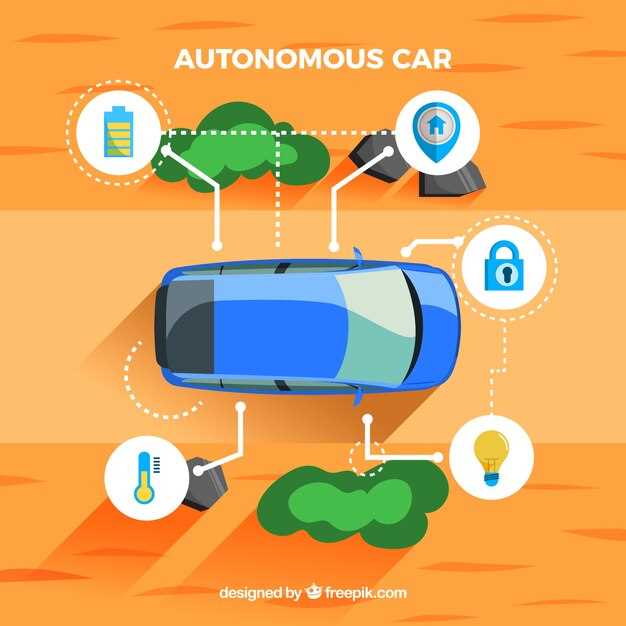
The growing concern over climate change and rising fuel costs has prompted an urgent need for alternative energy sources in the transportation sector. Among various emerging technologies, solar-powered cars stand out as a promising solution to reduce our carbon footprint while also providing a sustainable means of transport. By harnessing the sun’s abundant energy, these vehicles have the potential to revolutionize the way we think about mobility and environmental responsibility.
Solar energy, being a renewable resource, offers numerous advantages over traditional fossil fuels. It not only contributes to a significant reduction in greenhouse gas emissions but also provides a more reliable and consistent power source. As technology advances, the efficiency of solar panels continues to improve, leading to increased interest in integrating this clean energy into the automotive industry. Cars powered by solar energy are not just a theoretical concept; they are becoming a reality, attracting both consumer interest and investment.
While the idea of solar-powered cars presents an attractive alternative, it’s crucial to evaluate the practicality and viability of this technology in the long term. Factors such as energy efficiency, vehicle range, and the infrastructure necessary to support widespread adoption must be thoroughly examined. As we delve into the future of transportation, understanding the role of solar energy in cars will be pivotal to shaping a sustainable and efficient automotive landscape.
Assessing the Current Technology of Solar Vehicles
The advancement of solar-powered vehicles has gained significant attention as a promising solution for sustainable transportation. These cars utilize renewable solar energy captured through photovoltaic cells to convert sunlight into usable electricity, which powers electric motors. The integration of solar panels into the design allows vehicles to harness energy directly from the sun, reducing reliance on traditional fossil fuels.
Current technology has made substantial progress in enhancing both efficiency and performance of solar vehicles. Modern solar cells have reached impressive efficiencies, with some exceeding 20% under optimal conditions. Improvements in battery technology complement this by enabling greater energy storage, allowing cars to operate effectively even in low sunlight conditions or during night hours.
Moreover, innovative designs have emerged, including solar roofs and lightweight materials, maximized to increase energy capture without significantly adding weight. This ensures that vehicles maintain optimal performance while utilizing renewable energy sources. Some manufacturers have developed prototypes capable of achieving reasonable driving ranges, demonstrating the potential for everyday use.
However, challenges remain. The efficiency of solar panels can be affected by factors such as geographical location, weather conditions, and the angle of sunlight. Additionally, the cost of integrating solar technology into vehicles still poses a barrier for widespread adoption. Nevertheless, ongoing research and development continue to push the boundaries, indicating a promising future for solar vehicles as a viable option in the transition toward more sustainable forms of transportation.
Cost Analysis: Are Solar Cars Economically Feasible?

The economic feasibility of solar-powered cars is an increasingly relevant topic as consumers and manufacturers seek sustainable energy solutions. Understanding the costs associated with solar cars involves a comprehensive analysis of various factors.
First, let’s break down the initial investment in solar cars compared to conventional electric vehicles:
- Purchase Price: Solar cars typically come with a higher upfront cost due to their advanced solar technology and integrated systems. However, prices are gradually decreasing as technology advances.
- Government Incentives: Many governments provide financial incentives for solar vehicle purchases, making them more accessible to consumers.
- Maintenance Costs: Solar-powered vehicles may have lower maintenance costs compared to traditional cars, as they rely on fewer mechanical components. Regular checks on solar panels are necessary, but overall upkeep may be reduced.
Operational costs also play a critical role in determining the economic viability of solar cars:
- Energy Savings: Solar cars utilize renewable energy, significantly decreasing fuel costs. The ability to charge using sunlight translates to savings over time.
- Battery Replacement: While energy savings can be substantial, the lifespan of batteries is a critical factor. Replacing batteries can lead to significant expenses, impacting the overall cost-effectiveness.
- Charging Infrastructure: The growing implementation of solar charging stations can further facilitate lower operational costs, although initial infrastructure development requires investment.
Moreover, when assessing long-term economic feasibility, it’s essential to consider:
- Environmental Impact: Solar cars contribute to reducing carbon emissions, offering intangible benefits that could affect future regulations and vehicle taxation.
- Market Competition: The ongoing development of solar technology may lead to increased competition, driving prices down and enhancing affordability.
- Public Perception: As consumer awareness of clean energy grows, demand for solar cars may rise, potentially driving manufacturers to invest more in this segment.
In conclusion, while the initial costs of solar cars may seem prohibitive, the long-term financial benefits–including reduced fuel and maintenance expenses–offer a compelling case for their economic feasibility. The technology’s evolving landscape and increasing consumer interest suggest that solar-powered vehicles could represent a viable solution for the future of transportation.
Challenges in Solar Car Infrastructure and Adoption

The adoption of solar-powered cars faces several significant challenges that impact their infrastructure and widespread use in society. One of the primary hurdles is the lack of adequate charging stations equipped with solar technology. Currently, the availability of solar charging stations is limited, particularly in rural or less-developed areas. This scarcity makes long-distance travel difficult for solar vehicle users.
Another critical issue is the efficiency and cost-effectiveness of solar panels integrated into vehicles. While advancements in solar technology have improved energy capture, the conversion rates still lag behind traditional battery systems. The high manufacturing costs associated with solar panels can result in elevated vehicle prices, which may deter potential buyers looking for more affordable renewable energy options.
Infrastructure also includes the existing grid system, which may not be equipped to handle the influx of energy produced by an increased number of solar vehicles. Upgrading charging infrastructure to support a significant number of solar cars requires substantial investment and planning, often resulting in resistance from stakeholders who must balance costs with potential benefits.
Consumer perception and awareness play a crucial role in the adoption of solar-powered cars. Many individuals remain skeptical about the reliability and practicality of these vehicles. Misconceptions regarding their performance, range, and maintenance requirements further impede public acceptance. Education and outreach initiatives are essential to inform potential users about the advantages of embracing renewable energy through solar vehicles.
Finally, regulatory challenges, including incentives, tax breaks, and policies regarding renewable energy, can impact the pace of solar car adoption. A supportive regulatory environment is necessary to encourage manufacturers and consumers alike to shift toward solar-powered transport. Without such frameworks, the hurdles to integrating solar vehicles into mainstream transportation may persist.
